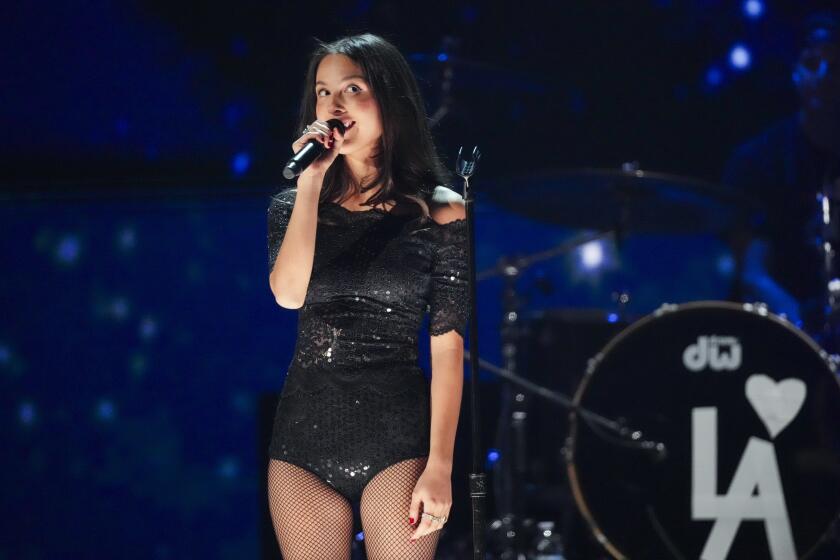Sound Advice:
- Share via
Hollywood’s fascination with visual effects has flooded the big screen. In the last several years, movie moguls have tapped new high-tech tools to dazzle the public with killer tornadoes, raging dinosaurs and increasingly elaborate--and expensive--explosions.
As film budgets at the studios balloon, hundreds of aspiring directors are using personal computers and other affordable digital technology to cut corners and create their art. Because of this, independent films can look great. But beautiful images and seamless editing film aren’t enough, especially now that independent filmmaking has entered the mainstream.
“Young artists are always forgetting about sound,” said filmmaker Thomas Ohanian, an editor for the computerized editing system Avid. “It’s the old cliche of sound being something you slap on the film at the last second. But independent films are being shown at big movie houses with incredible sound systems. Nobody’s going to care if the picture is beautiful if they can’t hear what you wrote.”
The importance of sound in movie making quietly emerged as an underlying theme at the ResFest Digital Film Festival, held last weekend at the Directors Guild of America in Los Angeles. Now in its third year, the event featured the works of more than two dozen movie makers who tapped both low-tech Hi-8 cameras and high-tech hard drives to create their short films. The tools to make incredible sounding films do exist, said festival director Jonathan Wells.
“It’s a matter of realizing that creating these sounds and images doesn’t have to cost a lot,” he said.
Indeed, many easily accessible digital tools can make the entire post-production process easier and cheaper: Nonlinear editing systems such as Avid or the Apple’s Macintosh-based Media 100 and Sony’s DAT Walkman and recorder.
Software programs such as Adobe’s Premiere, PhotoShop and After Effects can be had for $1,000 or less. That’s cheap compared with the price of working at a professional post-production house, which can start at $700 a day.
“The people who really understand the importance of sound tend to be--surprise, surprise--musicians,” said John Scalise, managing director of the festival.
Several of the ResFest entries highlighted this crossover. Spike Jonze, who snagged the 1995 MTV Music award for director of the year, showed his homage to a skateboard comic book in “Dinky.”
Musician and fellow rock video guru Ben Stokes--known for his work with Nine Inch Nails, Public Enemy and Smashing Pumpkins--studied the anonymity of urban life in “Are You There?”
And the Emergency Broadcast Network, a band and a video production company, spliced explosions from Gulf War news footage to create a drumbeat for “Friendly Fire.”
“I’ve been using digital sound technology for years, and just waiting for the visual tools to catch up,” Stokes said. “We’ve finally reached that point. And now, I can’t wait to see what’s going to come to a theater near you.”
More to Read
The biggest entertainment stories
Get our big stories about Hollywood, film, television, music, arts, culture and more right in your inbox as soon as they publish.
You may occasionally receive promotional content from the Los Angeles Times.










